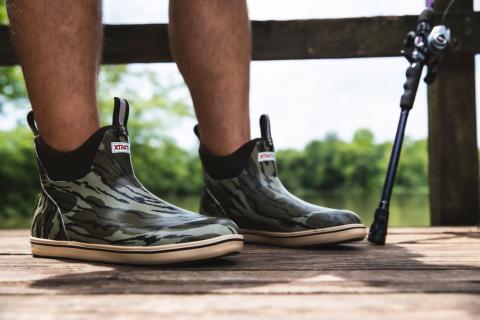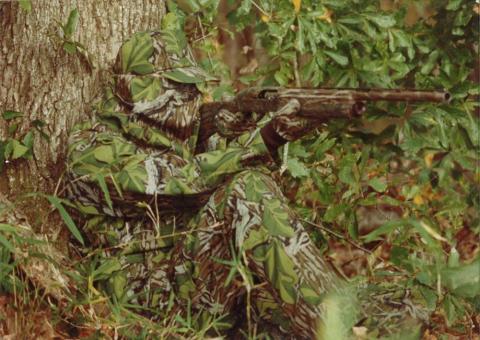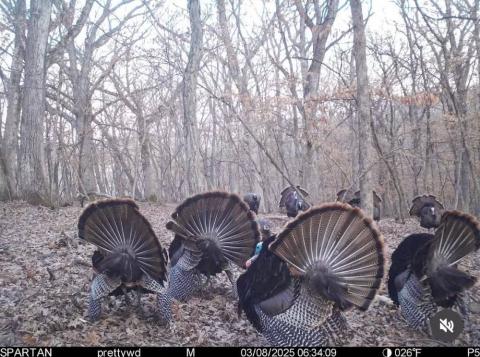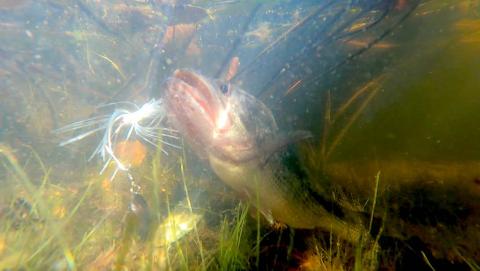provided by John E. Phillips
“I’ve been on the Mossy Oak National ProStaff ever since the company has had a ProStaff,” said Marty Fischer, one of the nation’s top shotgun-shooting instructors and clay-target course designers. Fischer has multiple gold medals from several World Skeet Championships and Sporting Clays. For many years, Fischer competed in shotgun shooting events worldwide. Now he helps design clay-target courses and teaches shotgun shooting (the past 30 years) at wing-shooting schools and to national competitors. After seeing Fischer shoot in the dove field, I’m convinced that he shoots fewer shells to take more doves than anyone with whom I’ve ever hunted. Fischer has shot birds on four continents and in 11 countries.
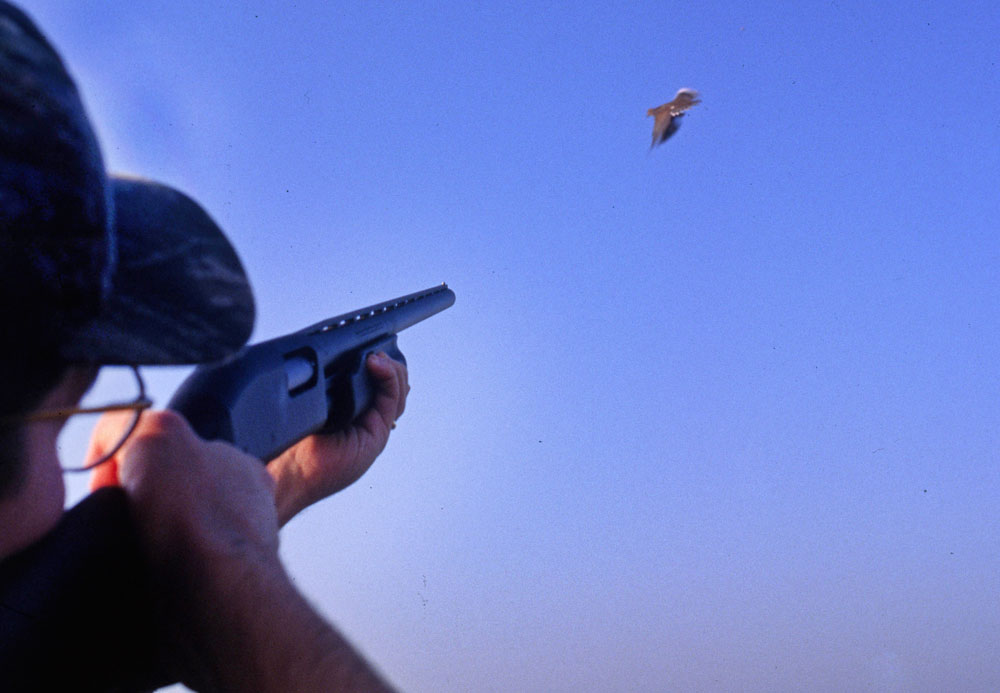
Most of the shots that a dove hunter takes in a dove field are at doves coming straight at him or her at 12:00, veering off to the left or the right at 6:00 or constantly flying back and forth. Therefore, every shot that a hunter takes is at some kind of angle. There’s no angle greater than 90 degrees when shooting, and the greater the angle that a dove is from you, the greater the lead you must have to take the dove. Let’s use the face of a clock to explain why beginners miss.
Let’s say you’re standing at 6:00, and the center of the clock is 20 yards away from you. Every dove you’ll shoot at will be flying 40 miles per hour across the center of that clock at different angles. The greatest lead that you will ever need as the doves move across the center of the clock are from 3:00 to 9:00, 9:00 to 3:00 or 12:00 to 6:00.
When someone is bird hunting for pheasants, quail, grouse, chuckers and/or woodcocks, he moves the gun in front of the bird for a successful shot. But in dove fields, you don’t get the same types of angles. So, starting your lead on the bird first is best. You only can move the gun for a true lead at about six feet. So, if you’ve got a mourning dove coming toward you, knowing that you’ll need a 4-foot lead, and start moving your gun from behind the bird, through the bird and four feet in front of the bird, you’ll have to make a really long swing to get the proper lead. For that reason, when I see a bird that I want to shoot, I use the pull-away method. By starting the movement of my gun at the dove’s head, I pick up the speed at which it’s traveling, aim in front of it and squeeze the trigger.
One of the most important things to remember is that you want to pull the trigger when you’re able to move freely. This way, you can make the smoothest swing. If the dove is going hard left or hard right, you want to make sure that you’ve got your feet placed so that you can make a long swing. If I’m sitting on a dove stool, I make sure that I can swing and complete the shot before I start moving my gun to pick up the lead. Many dove hunters start swinging to get a lead. Then, just before they’re ready to shoot, they can’t turn any more and will miss the shot. For this reason, make sure you have enough room so that when you bring the gun to your shoulder, you can swing the gun, pick up the lead and continue to swing to finish the shot without falling off your stool or shooting the gun before you get your lead. You’ll see the value of this tip once you start focusing on the dove’s head instead of its body when determining lead.
Before you see if your camo still fits, put new batteries in your decoys or scout for doves on your favorite dove fields next dove season. Bookmark this tip and practice by concentrating on the leading edge of the skeet and use the pull-away method. It is a great tip for anyone hunting mourning doves, especially beginners. Shooting clays using the pull-away method may take considerable practice, but it will mean more dove poppers at the end of the opening day.














